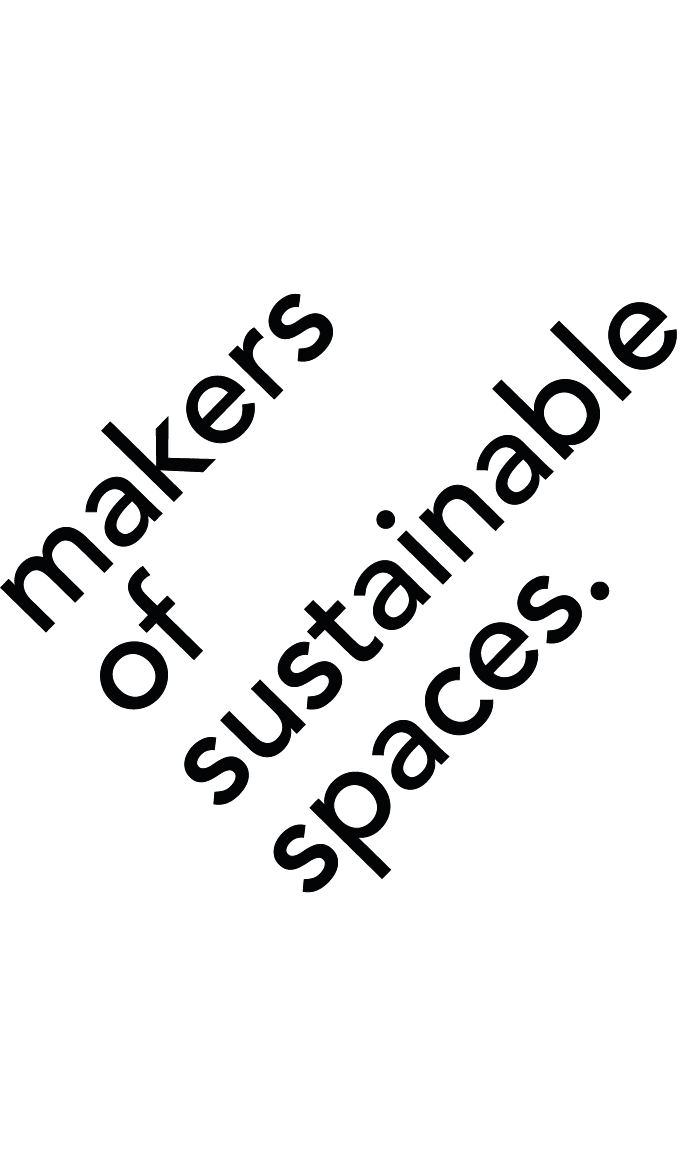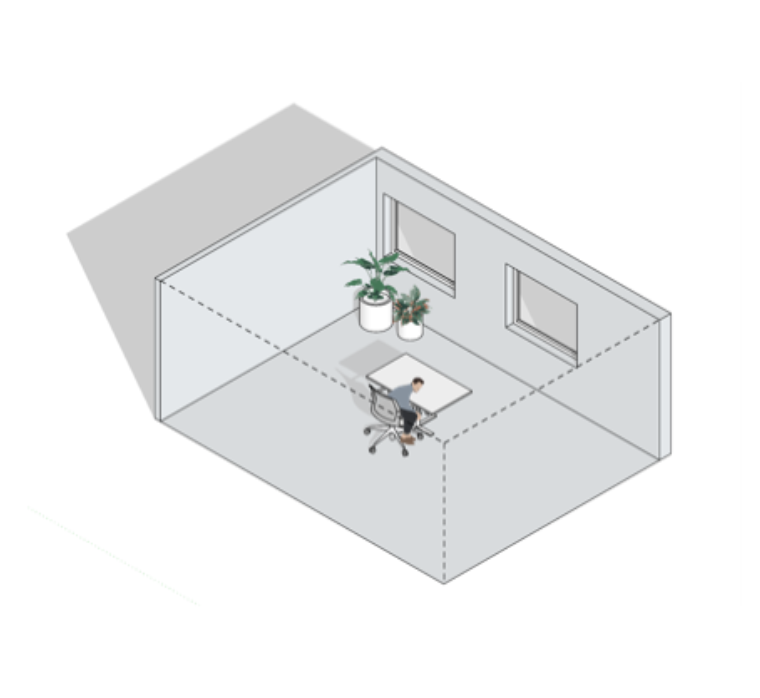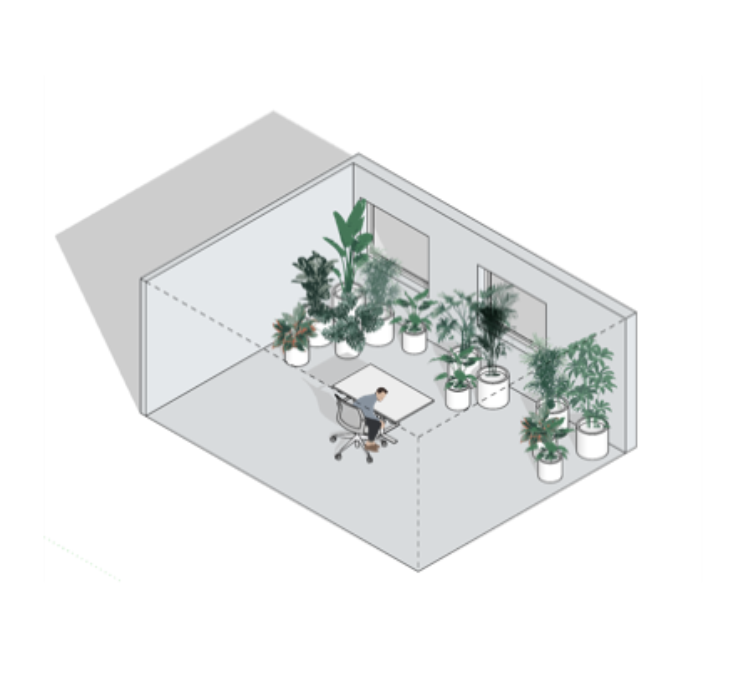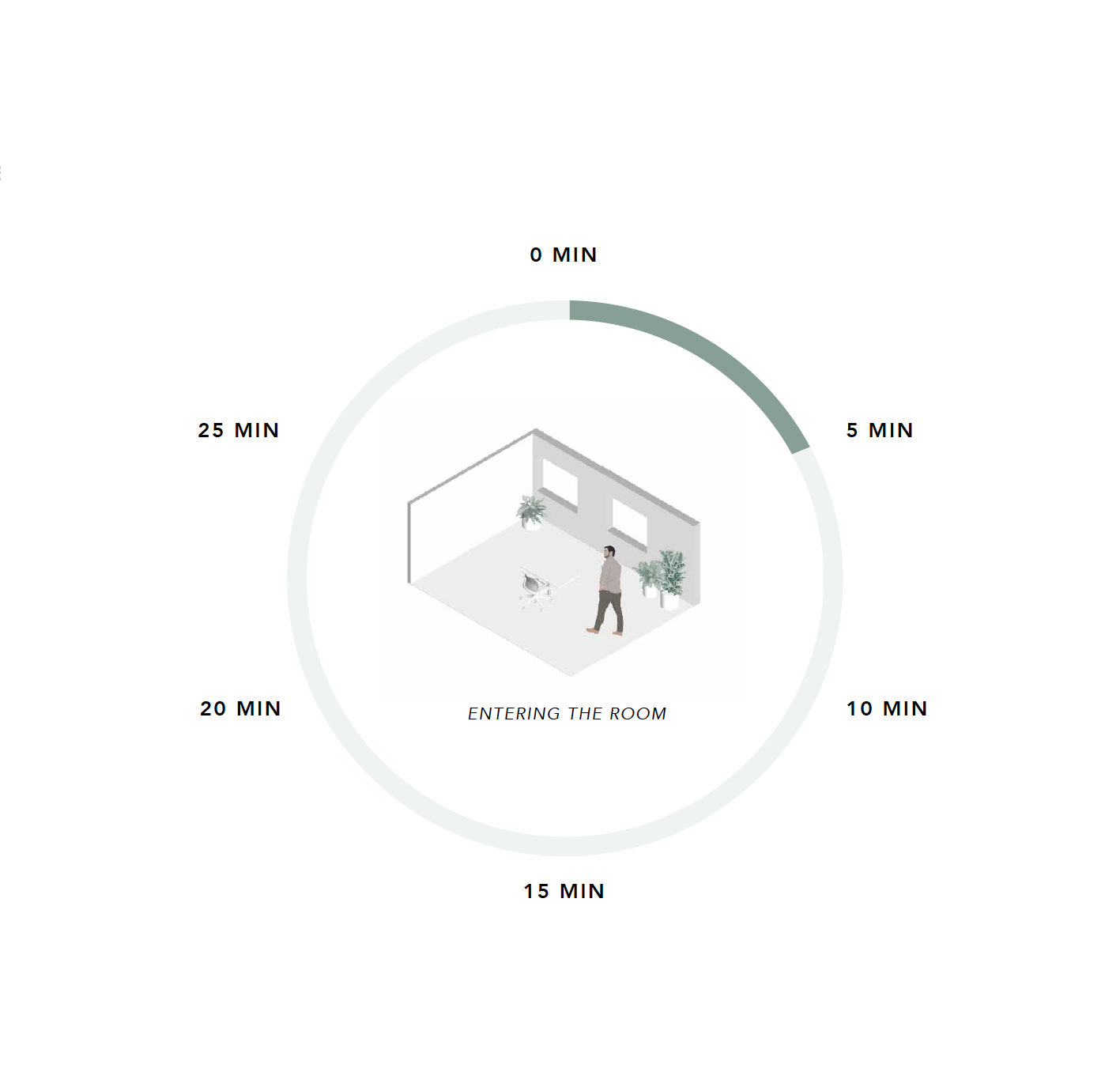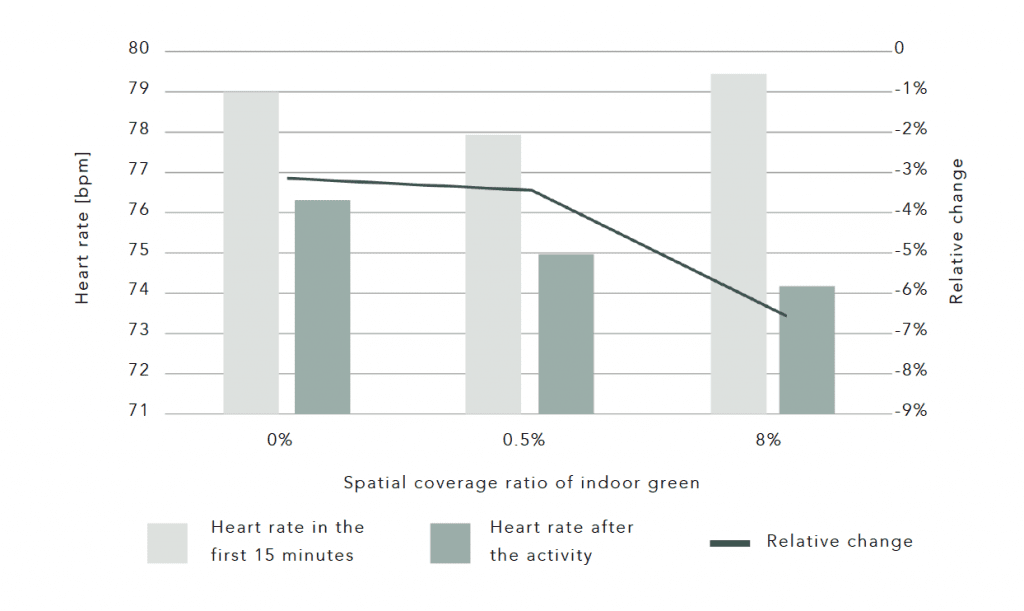MOSS Lab 1.1 is a research experiment conducted by Marlies Elbertse of Wageningen University based on the groundwork laid out from MOSS Lab 1.0.
This pioneering research conceptualized and steered by MOSS and executed in collaboration with the University of Wageningen in 2021, is the first in the world to have extracted data on the impact of different scales of greenery in indoor spaces.
